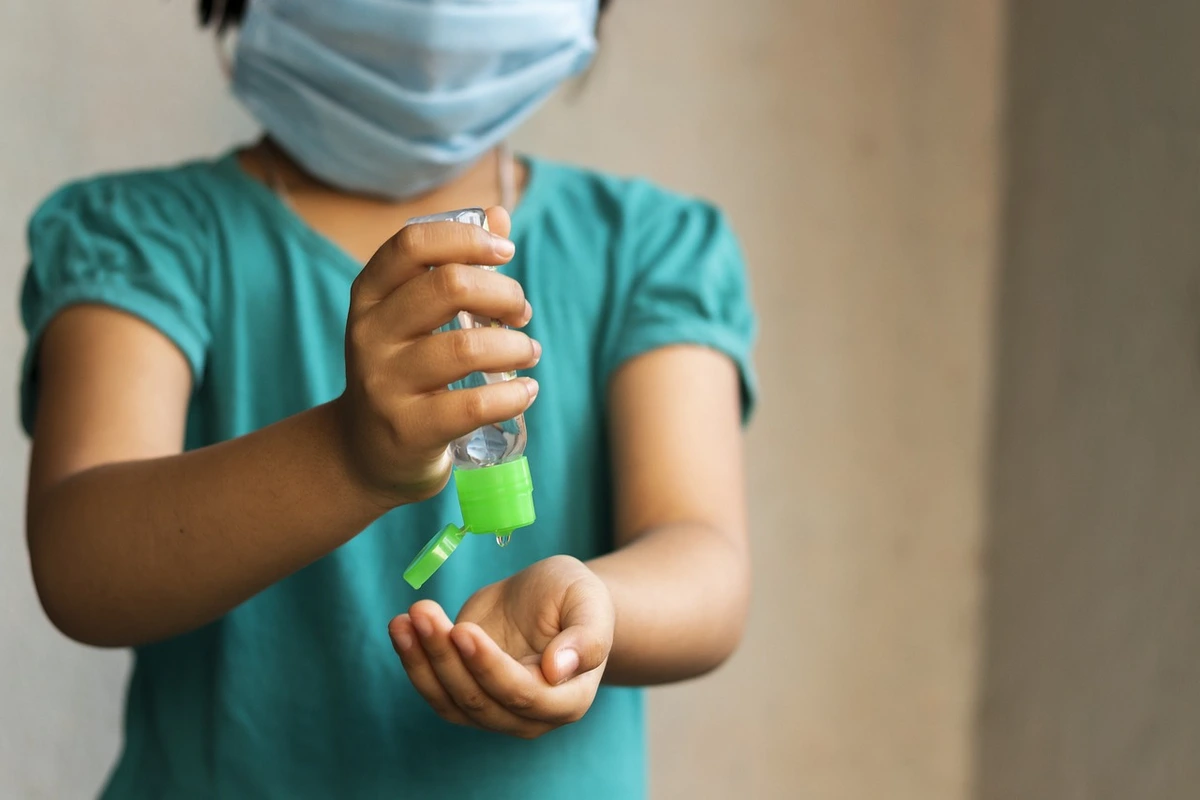In the wake of the COVID-19 pandemic, hand sanitizers became a household staple. While they are essential for maintaining hygiene, a study conducted at the All India Institute of Medical Sciences (AIIMS) in 2022 revealed an alarming 8-fold increase in poisoning cases due to hand sanitizers during the lockdown period. We are shedding light on crucial aspects of hand sanitizer use, from preventing accidental poisoning, especially in children, to maximizing their effectiveness.
The Lockdown Surge: Accidental and Intentional Poisoning
The AIIMS study found that most cases of hand sanitizer poisoning were accidental. However, it’s important to note that there were instances of intentional ingestion for suicide. Here’s how you can avoid common mistakes that lead to poisoning:
1. Keep Hand Sanitizers Out of Reach: Accidental ingestion is a significant concern, especially for children. The US Food and Drug Administration (FDA) warns that even a small amount of hand sanitizer can cause alcohol poisoning in kids. Store hand sanitizers away from children’s reach, and educate them about the dangers of ingesting them.
2. Beware of Packaging: Alcohol-based hand sanitizers are often packaged in containers that may resemble food or drinks. Some even contain food flavors or fragrances that can attract children. Always check the packaging before purchasing.
Effectiveness: Do Sanitizers Kill All Germs?
One common misconception is that hand sanitizers eliminate all germs. Here’s the reality:
· Soap and Water: While hand sanitizers are effective, soap and water remain superior at removing certain types of germs like Cryptosporidium, norovirus, and Clostridium difficile. In situations where soap and water are available, opt for them.
· Proper Usage: Hand sanitizers work best when used correctly. People often use insufficient amounts or wipe it off before it dries. Follow these steps for maximum effectiveness:
Using Hand Sanitizer Effectively
1. When to Use: Use hand sanitizer only when soap and water are not available.
2. Purchase Wisely: When buying hand sanitizer, choose one with at least 60% alcohol content.
3. Proper Application: Apply the sanitizer to your palm and rub it thoroughly over the surface of your hands.
4. Wait for Drying: Allow the product to dry properly. Do not wipe it off prematurely.
So, what did we learn?
Hand sanitizers play a crucial role in maintaining hygiene, but they should be handled with care, especially in households with children. Accidental poisoning is a serious concern, and awareness is key to prevention. Additionally, understanding the limitations of hand sanitizers in germ elimination is essential. By following these guidelines, you can stay safe and make the most of this essential tool in our battle against germs.







